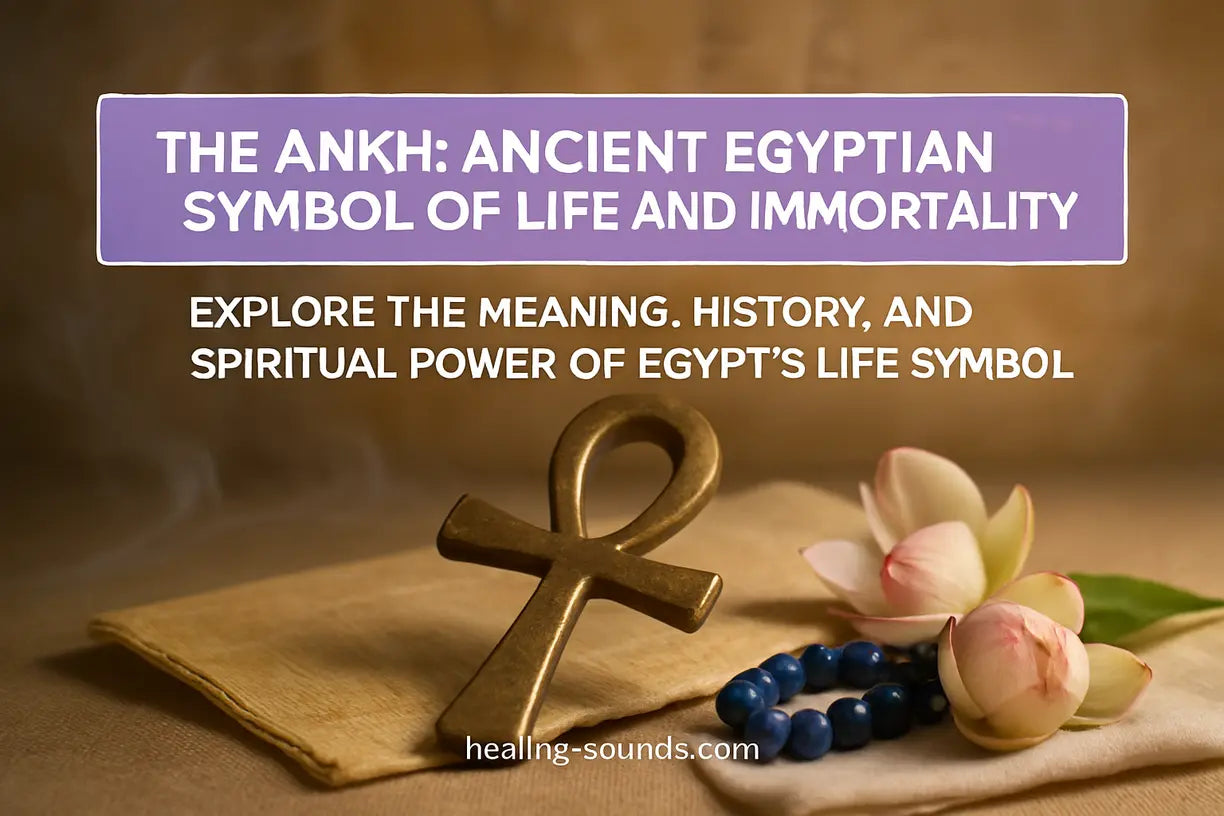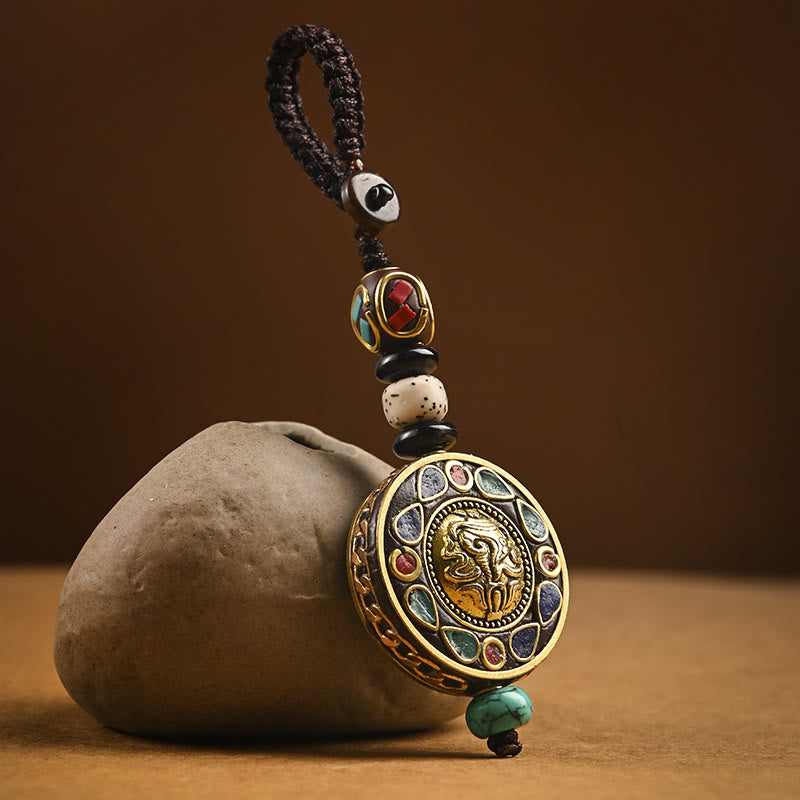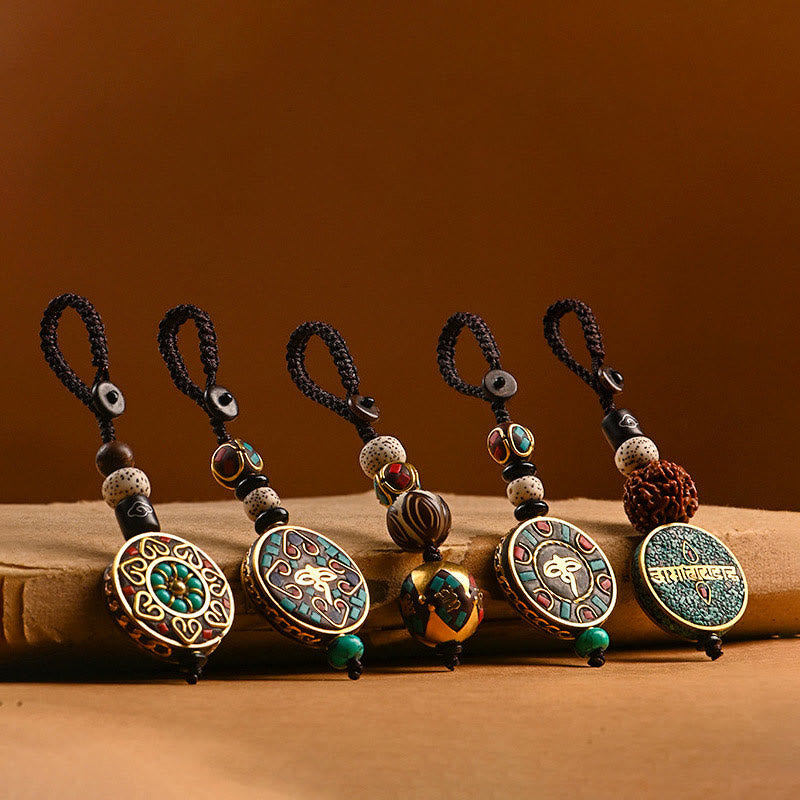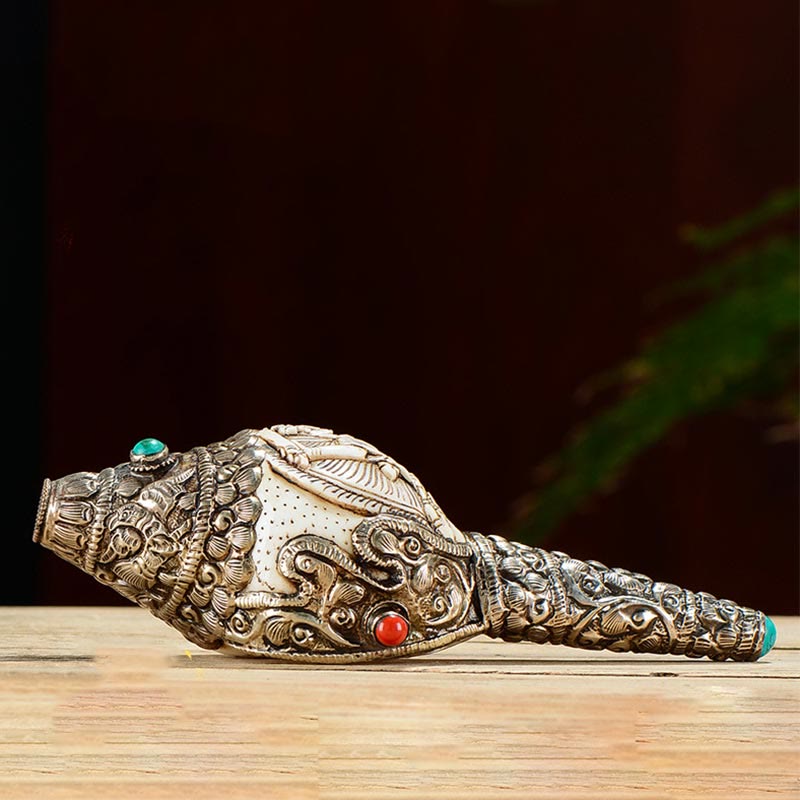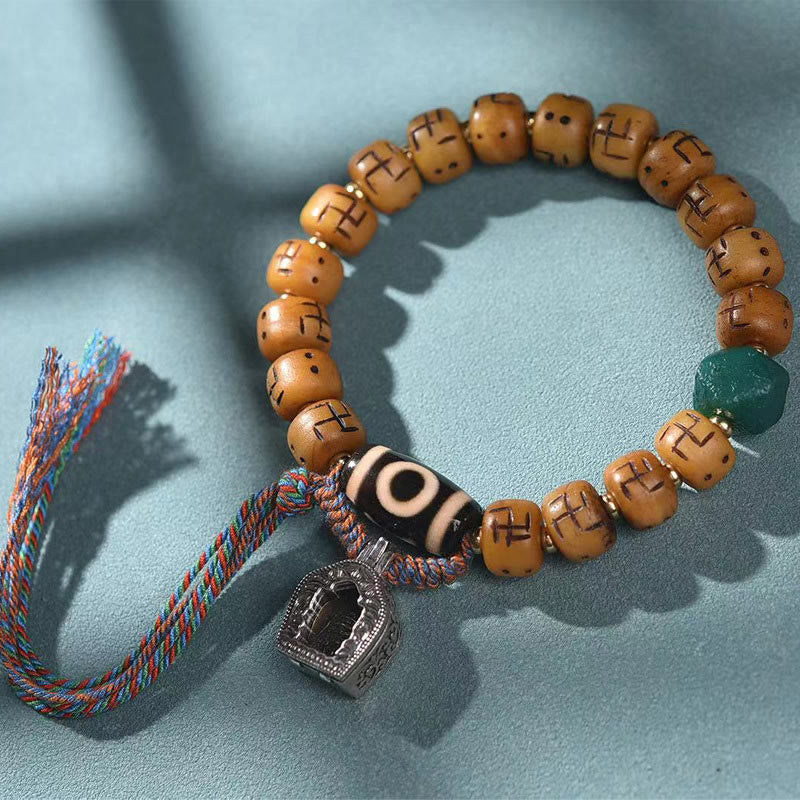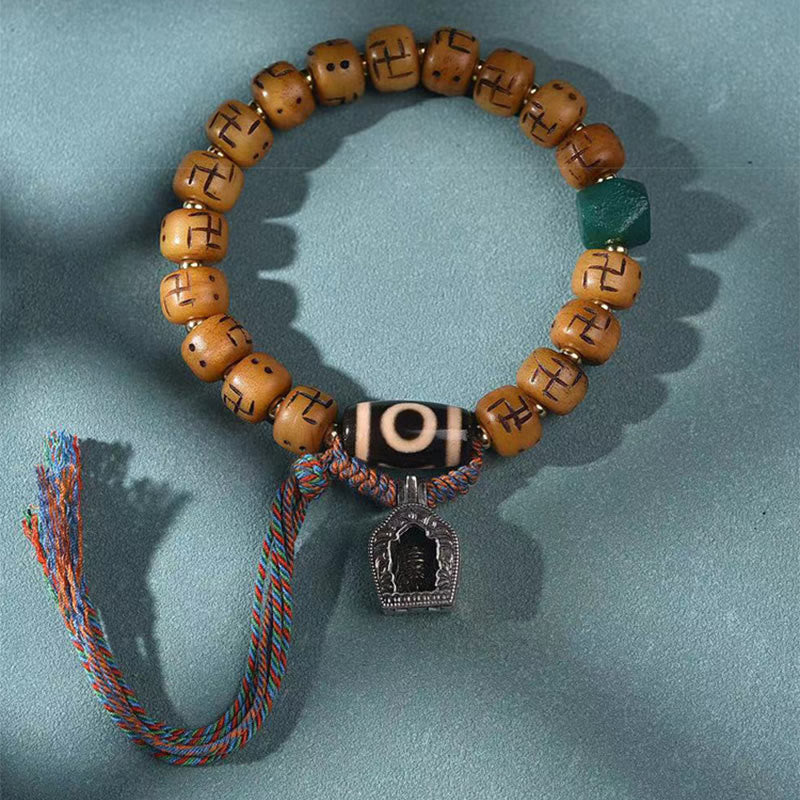
What is the Ankh? A Deeper Definition
At its core, the **ankh is the ancient Egyptian hieroglyphic symbol for "life" or "breath of life"** (`ʿnḫ`). Its distinctive shape, often described as a "keyed cross" or "handled cross," consists of a T-shaped cross topped with an oval or teardrop-shaped loop. This elegant design was far more than a simple character in their writing system; it was a potent ideogram packed with layers of meaning.The ankh definition transcends a simple translation. It encompasses not just mortal existence but also the concept of eternal life and the afterlife. For the ancient Egyptians, life was a continuous journey, and the ankh was the key that unlocked the path to immortality. Deities are frequently depicted in tomb paintings and temple carvings holding the ankh, often by its loop, presenting it to a pharaoh's nostrils. This act, known as the "offering of life," symbolized the divine bestowment of the breath needed to persist in the afterlife. The symbol was a divine promise of resurrection and eternal sustenance.The Origins of the Ankh: A Journey into Ancient Egypt
The exact origins of the ankh symbol are debated among Egyptologists, adding to its mystique. While its first confirmed appearances date back to the Early Dynastic Period (c. 3150 - 2613 BCE), its conceptual roots may be even older. Several theories attempt to explain its initial form:- The Knot of Isis: Some scholars believe it may represent a stylized version of the tyet, or the Knot of Isis, a powerful symbol of protection and fertility associated with the goddess.
- A Sandal Strap: A more practical theory suggests the ankh represents a sandal strap, with the loop encircling the ankle. Since the Egyptian word for "sandal" included the same consonants (`ʿnḫ`), the symbol could have evolved from this common object.
- Union of Opposites: The most widely accepted symbolic origin is the representation of the union of male and female principles, a concept central to Egyptian creation myths.
Unpacking the Rich Symbolism of the Ankh
The ankh's power lies in its multifaceted symbolism. It is a composite emblem where each part contributes to a greater, holistic meaning. Understanding these layers reveals why it remains such a compelling spiritual icon today.A Union of Masculine and Feminine Energies
The most profound interpretation of the **ankh symbol** is its representation of creation through unity. The T-shaped base is widely seen as a phallic symbol representing the masculine principle, productivity, and the god Osiris. The loop, or `crux ansata`, symbolizes the feminine principle, the womb, fertility, and the goddess Isis. Together, they form a single, harmonious figure that signifies the creation of new life through the sacred union of opposites. This makes the ankh a powerful emblem of wholeness, balance, and the generative forces of the universe.The Key to Eternal Life and the Afterlife
The ankh was often called the "Key of the Nile," as the river's annual flooding brought fertility and life to the arid lands of Egypt. Metaphorically, it was also the key to unlocking the mysteries of heaven and the afterlife. In funerary contexts, the ankh was placed on the deceased to ensure their rebirth and safe passage. It was a tool of resurrection, a conduit for the divine power that could overcome death and grant an eternal existence among the gods.
The Ankh in the Modern World: From Ancient Relic to Spiritual Tool
While its origins are rooted in ancient Egypt, the ankh has seamlessly transitioned into modern times as a beloved symbol of life, spirituality, and cultural heritage. Many people today wear ankh jewelry or use the symbol in their homes not as a religious icon, but as a personal statement of their connection to life's deeper meanings.Carrying sacred symbols, whether from ancient Egypt or other traditions, can serve as a potent reminder of our spiritual intentions. It's a way to honor the wisdom of the past while grounding ourselves in the present.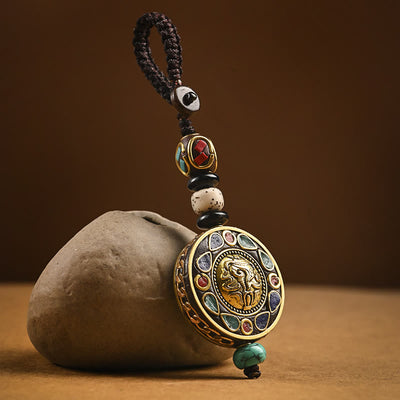
Om Mani Padme Hum Bodhi Seed Peace Key Chain Charm
$24.90
Carry sacred protection and ancient symbolism with this keychain—perfect for honoring the ankh’s spiritual legacy.
Explore ProductIs it Okay to Wear an Ankh?
One of the most common questions from those drawn to this symbol is whether it is appropriate to wear it. The answer is overwhelmingly yes. Wearing an **ankh** is generally seen as a celebration of life and an appreciation for ancient wisdom. It is not exclusively tied to a single, currently practiced religion. However, as with any cultural symbol, it's important to wear it with respect and understanding of its origins. For many, it serves as a powerful amulet for protection, health, and vitality, continuing its ancient legacy as a life-affirming emblem. Its adoption by various subcultures and spiritual movements, like Kemetism and New Age spirituality, speaks to its universal appeal.Creating a Sacred Space with Symbolic Decor
In addition to personal adornment, the ankh is a beautiful and meaningful element for home decor, especially in spaces dedicated to meditation, reflection, or creative work. Placing an ankh on an altar or a wall can help set an intention for vitality, creativity, and spiritual protection. Surrounding yourself with objects that carry deep symbolic weight can elevate your environment and practice. Echoing the ankh's life-giving theme, other ancient symbols can also enrich your space and adornments, connecting you to a global heritage of spiritual expression. For more information on the history of the Ankh symbol you can visit this authoritative source from Britannica.
Surrounding yourself with objects that carry deep symbolic weight can elevate your environment and practice. Echoing the ankh's life-giving theme, other ancient symbols can also enrich your space and adornments, connecting you to a global heritage of spiritual expression. For more information on the history of the Ankh symbol you can visit this authoritative source from Britannica.Enhance Your Space with Sacred Symbols
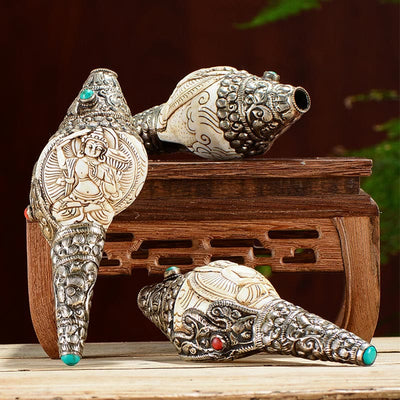
Handmade Tibetan Shankha Conch Shell Decoration for Wealth
$339.90
$489.90
Infuse your space with sacred symbols and positive energy, echoing the ankh’s role as a sign of life and prosperity. Learn more ➔
Adorn your wrist with ancient symbols of power and life force—an inspiring complement to the ankh’s meaning. Learn more ➔
An Enduring Symbol of Life
From the dusty temples of the Nile to the bustling streets of the modern world, the **ankh** has journeyed through history as a steadfast symbol of life, unity, and immortality. Its simple elegance belies a profound depth of meaning, representing the union of masculine and feminine, the breath of the divine, and the key to eternal existence. The ankh reminds us that life is a sacred, continuous cycle and that the connection to ancient wisdom can still empower and inspire us today. By understanding its story, we can better appreciate its timeless message of hope and vitality.Frequently Asked Questions about The Ankh Symbol
The ankh primarily symbolizes life and the breath of life. It also represents eternal life, immortality, and the divine union of masculine and feminine energies (symbolized by the T-shape and loop, respectively). In ancient Egypt, it was considered the key to the afterlife and a powerful protective amulet.
Yes, it is generally considered perfectly acceptable to wear an ankh. It is widely viewed as a symbol of life affirmation, spirituality, and appreciation for ancient culture. Since it is not tied to a single modern religion, wearing it is typically seen as a personal choice made with respect for its historical significance.
The ankh does not appear in the Bible. It is an ancient Egyptian symbol that predates much of the Old Testament. However, a similar symbol, the crux ansata (Latin for "handled cross"), was adopted by Coptic Christians in Egypt. They used it as their unique version of the Christian cross, blending the ancient symbol of life with the new symbol of Christ's resurrection.
The looped top of the ankh is interpreted as the feminine component of the symbol. It is believed to represent the womb, fertility, and the goddess Isis. This makes the ankh a powerful symbol of feminine creative power and the origin of life, in balance with the masculine T-shape base.
The ankh originates from the ancient Egyptian religion, where it was a central symbol of their belief system concerning life, the gods, and the afterlife. Today, it is not exclusive to any single religion. It has been adopted by various modern spiritual paths, including Kemetism (a revival of Egyptian paganism) and New Age movements, as a universal symbol of life and spirituality.

